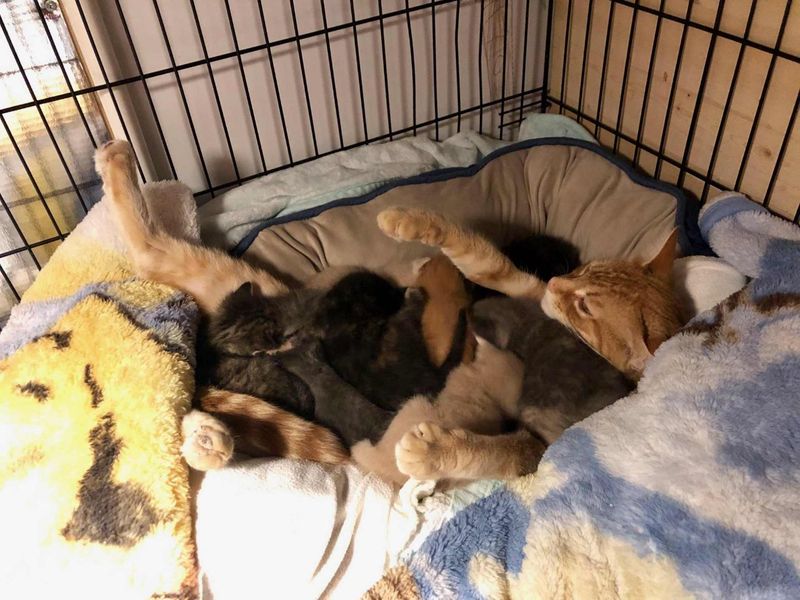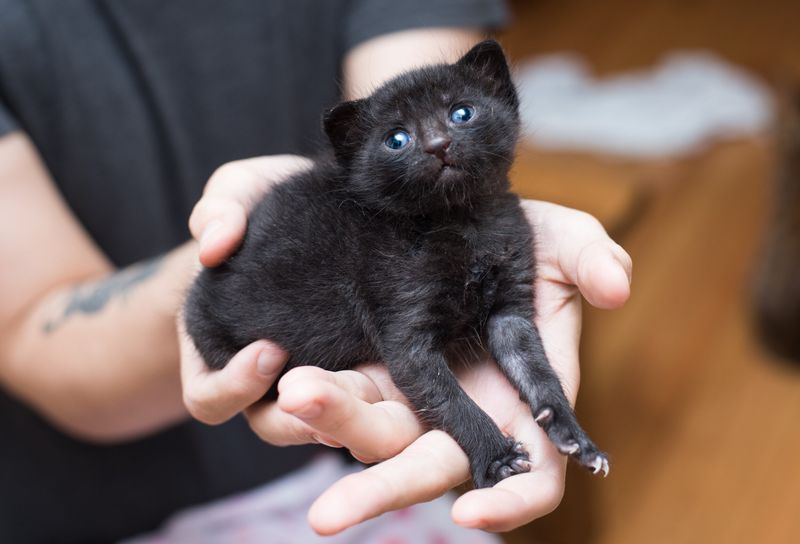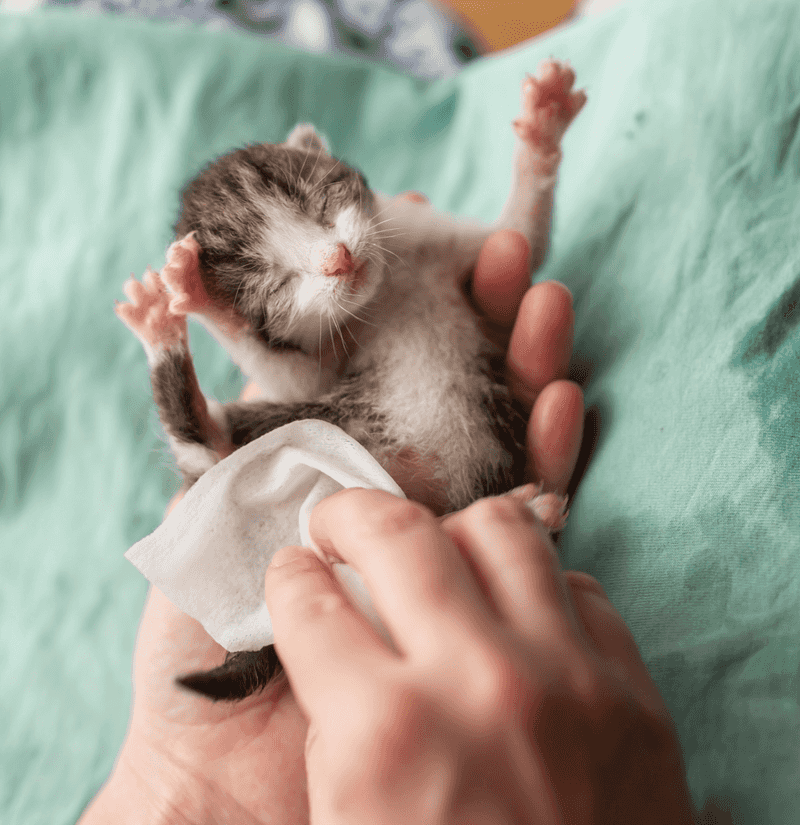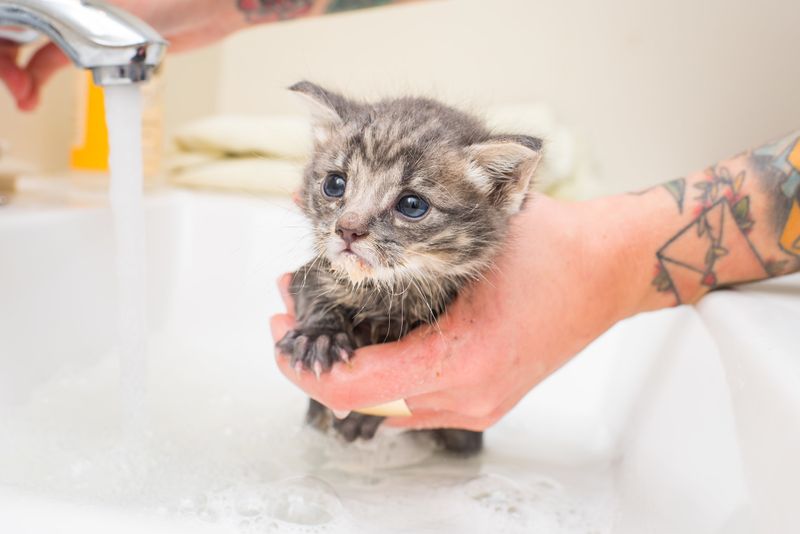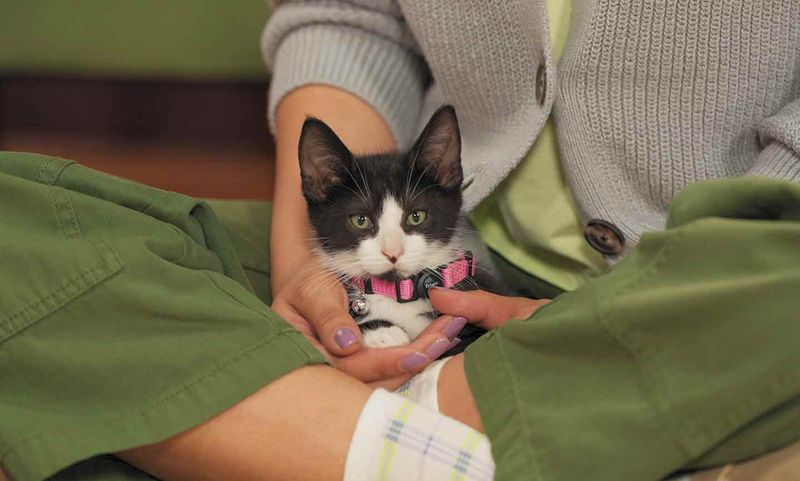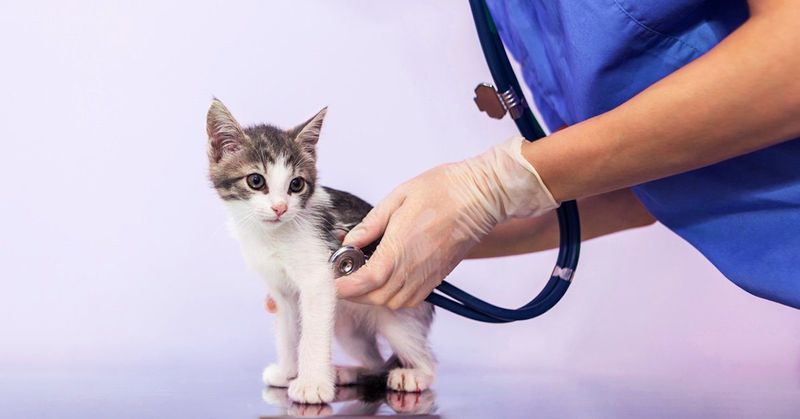📖 Table of Content:
- 1. Keep the Kitten Warm
- 2. Create a Safe Nesting Area
- 3. Assess the Kitten’s Age and Condition
- 4. Weigh the Kitten Daily
- 5. Feed the Right Formula
- 6. Use the Correct Feeding Technique
- 7. Stimulate to Help Them Eliminate
- 8. Keep Them Clean
- 9. Monitor for Health Issues
- 10. Start Socializing Early
- 11. Schedule a Vet Visit
Caring for an orphaned kitten can feel overwhelming, especially during the critical first week. Without the warmth and care of their mother, these tiny, fragile creatures rely entirely on you for survival. Whether you found a stray kitten or are fostering a litter, understanding their basic needs is key to giving them the best possible start in life.
During this first week, every detail matters—from maintaining proper body temperature to ensuring they’re fed the right formula at the right time. Even small mistakes can have serious consequences, which is why a structured and informed approach is essential. Monitoring their weight, cleanliness, and behavior daily helps you track their progress and spot any warning signs early.
This 11-point checklist breaks down each of the most important tasks into simple, manageable steps. Whether you’re a first-time kitten caregiver or just need a refresher, this guide will walk you through the essentials of feeding, hygiene, health, and comfort to make sure your little one thrives in your care.
1. Keep the Kitten Warm
Newborn kittens can’t regulate their own body temperature, making warmth absolutely essential. A chilled kitten can’t digest food properly and will quickly become lethargic. Create a cozy environment using a heating pad set on low, wrapped in a soft towel to avoid direct contact. A warm water bottle or rice sock can also be used in a pinch. Place the heat source on one side of the nest so the kitten can move away if it gets too warm. Monitor the temperature with a thermometer—ideally, keep it around 85–90°F (29–32°C) for kittens under 2 weeks. Never feed a cold kitten; warming them up first is critical for survival. Providing warmth is one of the most immediate and life-saving things you can do.
2. Create a Safe Nesting Area
Set up a small, enclosed space where the kitten can rest undisturbed. A cardboard box, cat carrier, or storage bin lined with soft blankets or towels works well. Make sure the bedding is easy to clean and doesn’t have any loose threads the kitten could get tangled in. Position the nest in a quiet room, away from loud noises or drafts. Kittens thrive in calm environments where they feel secure. Avoid placing them near active pets or children during the first few days. If you’re caring for more than one kitten, ensure there’s enough space for them to snuggle together while still having access to warmth. This cozy setup provides comfort and reduces unnecessary stress for your tiny houseguest.
3. Assess the Kitten’s Age and Condition
Kittens under 10 days usually have closed eyes and folded ears, while older ones begin moving more freely. Check their gums for color (they should be pink), and gently feel their body to assess hydration—if the skin tents when pinched, they’re likely dehydrated. Look for visible injuries, discharge from eyes or nose, or signs of distress like constant crying. These initial observations can help you determine how urgent their needs are. If you’re unsure of age or condition, take a quick photo and consult a vet or online rescue group. Identifying issues early gives you the best chance of stabilizing the kitten. This first step lays the foundation for everything that follows.
4. Weigh the Kitten Daily
Daily weight checks are one of the best ways to gauge a kitten’s health and growth. Use a digital kitchen scale that measures in grams for the most accurate results. Weigh the kitten at the same time each day—ideally before feeding. Healthy kittens should gain about 5–10 grams per day, depending on age and size. Record their weight in a notebook or app to track progress. A plateau or weight loss can be a red flag for illness or inadequate feeding. Don’t panic at minor fluctuations, but keep an eye on trends over several days. Consistent weight gain is a strong indicator that your care is on the right track.
5. Feed the Right Formula
Kitten-specific formula is essential—never use cow’s milk, which can cause digestive upset and malnutrition. Commercial formulas like KMR or PetAg are designed to mimic a mother cat’s milk and provide the right balance of nutrients. Prepare the formula according to the package directions, ensuring the right temperature (around body temp—warm, not hot). Newborns will need to eat every 2–3 hours, even through the night. Always prepare fresh formula daily and clean all feeding equipment thoroughly after each use. If you’re in an emergency situation, homemade formulas can be used temporarily but should not replace proper kitten milk long-term. Pay attention to how much the kitten is drinking—too little can be dangerous. Feeding is not just about nourishment; it’s about survival.
6. Use the Correct Feeding Technique
Proper positioning during feeding is vital to prevent aspiration. Always place the kitten belly-down, similar to how they’d nurse from their mother. Tilt the bottle slightly and let the kitten suckle at their own pace. Never squeeze the bottle into their mouth—it can cause choking or pneumonia. Use a nipple with a slow flow, and test it before feeding. If formula leaks from the nose, stop immediately and reposition the kitten. Burp them gently after feeding by holding them upright and patting their back. Safe feeding techniques make mealtime efficient and reduce the risk of complications.
7. Stimulate to Help Them Eliminate
Young kittens cannot urinate or defecate on their own—they need help, just like human babies. After each feeding, use a soft, damp cloth or cotton ball to gently rub the kitten’s genital and anal areas. This mimics the action of a mother cat licking them. Most kittens will urinate within a minute or two, and poop at least once a day. It may take a little patience, especially in the beginning. Be gentle, and avoid scrubbing or irritating the skin. Always clean the area afterward to prevent rashes or infections. Stimulating regularly keeps their digestive system moving and prevents dangerous blockages.
8. Keep Them Clean
Cleanliness is critical for a kitten’s health, especially without a mother to groom them. Gently wipe away any formula residue, dirt, or urine with a soft, damp cloth. Avoid full baths unless absolutely necessary, as kittens chill easily. Instead, spot clean daily and dry them thoroughly if they get wet. Replace bedding every day, and more often if it becomes soiled. Dirty environments can lead to skin infections, respiratory issues, and stress. Keep feeding tools sanitized between uses to prevent bacteria buildup. A clean kitten is a healthy, happy kitten.
9. Monitor for Health Issues
Being observant can literally save a kitten’s life. Watch for signs of illness like diarrhea, constant crying, bloated bellies, nasal discharge, or lack of energy. A kitten who stops eating or isolates themselves may be sick. Trust your gut—if something feels off, don’t wait to act. Keep emergency vet contact info on hand just in case. If possible, join a local rescue or online group for advice and support. The earlier you catch an issue, the better the outcome. Vigilance during this first week builds a strong foundation for long-term health.
10. Start Socializing Early
Even tiny kittens benefit from gentle human interaction. Begin by talking softly and holding them for short periods throughout the day. Let them hear your voice and feel your touch—this helps them grow up more confident and sociable. Avoid overstimulation, especially with very young or sick kittens. As they grow, you can gradually introduce new textures, sounds, and scents. This process lays the groundwork for a friendly, well-adjusted adult cat. If you have other pets, introduce them slowly and cautiously later on. Early socialization is a gift that lasts a lifetime.
11. Schedule a Vet Visit
If possible, take your kitten to a veterinarian within the first week. A vet can assess overall health, estimate age, and recommend a vaccination and deworming schedule. They’ll also check for parasites, infections, or congenital issues. Bring a stool sample if available to test for internal parasites. Don’t forget to mention if the kitten has been exposed to other animals or found outdoors. Even if they seem healthy, a professional checkup offers peace of mind. It’s also a great time to ask questions about diet, behavior, and long-term care. A strong start includes medical support tailored to their unique needs.


